Madrid: Europe's second best city

Achieving enough votes in its various categories to become the second best city to live in Europe is recognition for a city that is constantly growing. Respondents to the survey highlighted how much Madrid has progressed over the last decade and how much it excels in many of the key features related to quality of life in a European city.
Madrid ranks highly in many of the most valuable aspects when evaluating a new city to live in. Some of Madrid’s strongest points according to survey respondents include its excellent public transport system, delicious and varied cuisine and that the cost of living is very well balanced. This puts it ahead of other major European cities in the results.
With more than 3 million inhabitants, Madrid is the second most populated city in Europe. Madrid is in a process of absolute ferment that is catapulting it in all areas: tourism, urban planning, leisure, environment… The growth it has undergone in the last decade has led it to become much more than the political and financial centre of the country. In fact, the city already contributes more than 19% of Spain’s GDP and has been the fastest to recover from the effects of the pandemic. It is a motor city for life and the economy.
Moreover, without anticipating the results obtained by the city, Madrid’s constant expansion has reinforced the international vision of the city. In tourism, for its powerful nightlife, gastronomy and cultural offer, it has definitely emerged over Barcelona as an option for visiting the country. In terms of welcoming foreign workers, it is increasingly recognised and in fact it was awarded 9th place in the world according to the HSBC Expat Explorer studies. Currently almost one million foreigners are registered as residents.
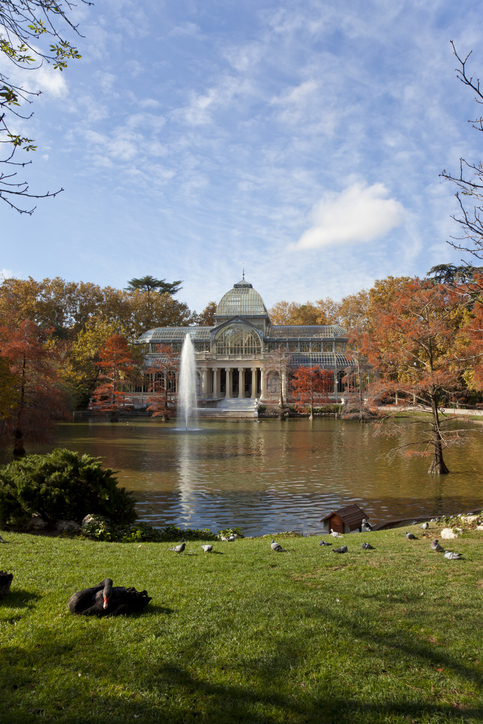
The weather in Madrid, although it has changed in recent years, continues to fall within a flexible classification in which the definition of a continentalised Mediterranean climate predominates. This means that, although it has dominant Mediterranean climate factors, it is adapted to its position far from the sea with an average temperature of around 15ºC and lower rainfall.
It should also be noted that Madrid has a climate that is affected by urban conditions and the heat of the city’s interior. It is a city with intense summers and cold winters, without much rainfall. However, the city is prepared for both climates. And that’s why, in our survey, Madrid is the fourth best climate in Europe.
In the climate results, respondents found Barcelona, the other Spanish city, to be more pleasant, coming in second place in the ranking. However, a fourth position is a great result and very remarkable for Madrid. First place goes to Lisbon, an obvious result considering the improved climate that the sea brings to both cities.
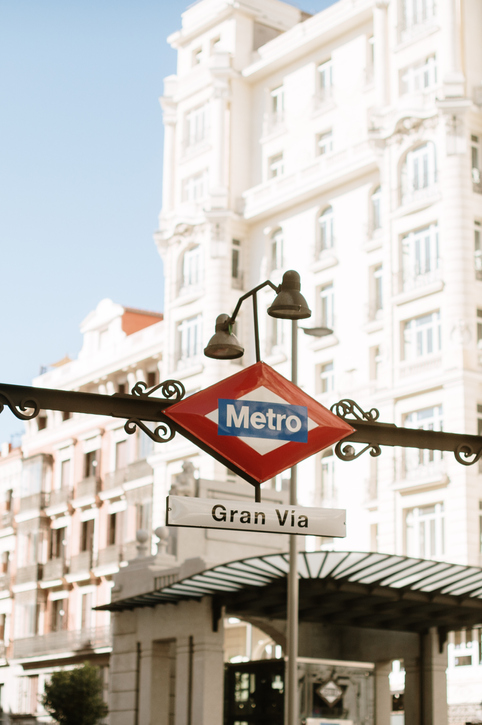
Madrid enjoys a highly efficient public transport network, most notably the Metro, inaugurated in 1919 and quickly becoming a cornerstone of the connection between neighbourhoods. In addition to this, there are more than 2,000 buses that cover the entire area in which it is possible to travel, and a network of suburban trains with long-distance connections to the metropolitan area and to the towns that form part of the community.
This excellent organisation of public transport gives Madrid second place in the top ranking based on the results of the survey. The city is second only to Zurich, which also has an excellent transport system. Another reason it scored so many points is because of the constant expansion of the Metro network and other transport systems.
The capital has a combined ticket that gives convenient access to the metro and bus, although it is important for those who are going to live in Madrid to find out about the routes and fares applicable in each case. A rechargeable Multi card is required to travel, which provides a practical way of getting around all parts of the city.
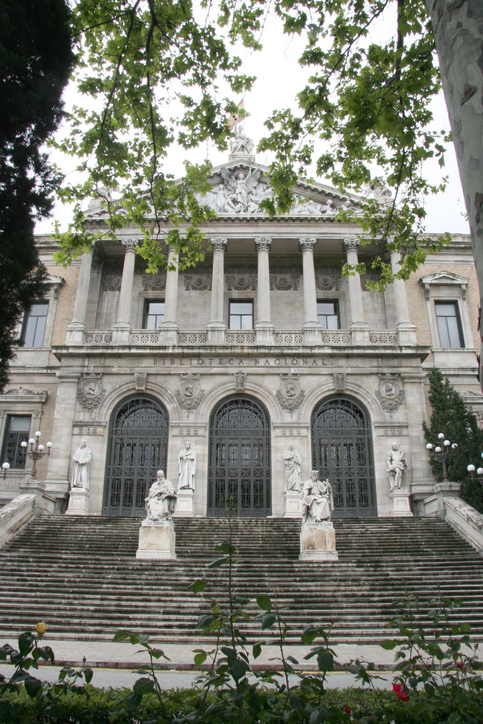
Throughout the city there are more than 200 primary schools, more than 500 kindergartens and more than 300 public schools. The educational offer stands out as one of the strongest in Spain, with six public universities, the UNED and fourteen private universities. Respondents chose Madrid as the third best European city for education because of its large number of educational institutions at all levels.
Some of the most renowned universities include the Complutense University of Madrid, Carlos III University of Madrid, ESIC University and Camilo José Cela University. In addition, the capital is also home to some foreign university campuses, such as the University of San Diego and Saint Louis University.
Madrid has more than 805 bilingual schools, a number that is growing year after year as part of the city’s internationalisation process. If you are bringing your children to live in Madrid, you will be happy to know that they will be able to attend one of these centres where they will not only study in Spanish. The city is also home to some of the most prestigious language academies and training centres in the country.
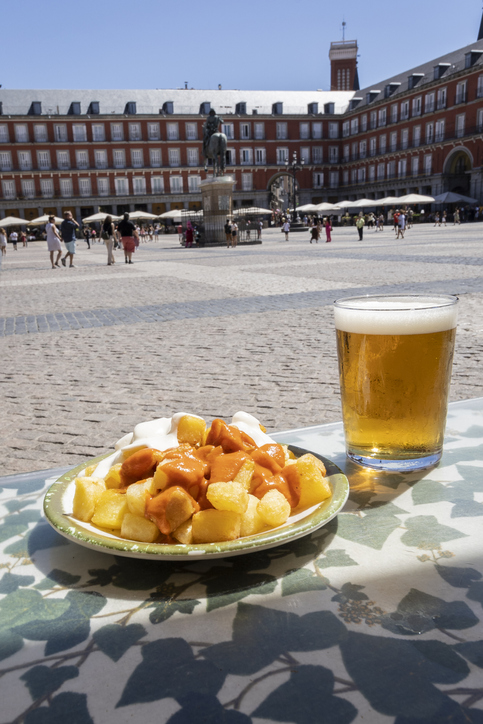
The explosion of Madrid’s development has also dragged it to become a gastronomic exponent, not only within Spain but worldwide. It is not only a window to traditional Spanish food but to the culinary innovation of its most charismatic restaurants and chefs. In fact, three chefs from Madrid were included in the 6th edition of The Greatest Chefs Awards and one of them, Dabiz Muñoz, took first place in 2021.
It is therefore reasonable that in the survey results Madrid’s gastronomy has obtained the second position. The flavours and the quality of the ingredients bring together the best experts, international proposals and some of the essential restaurants.
Living in Madrid is synonymous with enjoying a rich and varied diet, with typical dishes that have been emblematic of the city’s culture for centuries. Madrid is lived, and eaten. The cocido madrileño was especially mentioned by those surveyed, whose recipe may vary from one preparation to another, but always maintains fundamental ingredients, such as pork and chickpeas.
Other must-try dishes that will delight anyone with a taste for good food include callos (tripe) or besugo a la madrileña (sea bream). When going out for tapas, it is vital to try the patatas bravas, huevos estrellados and the obligatory bocadillo de calamares (squid sandwich). And for a sweet treat, don’t miss the San Isidro doughnuts and a good chocolate with churros.
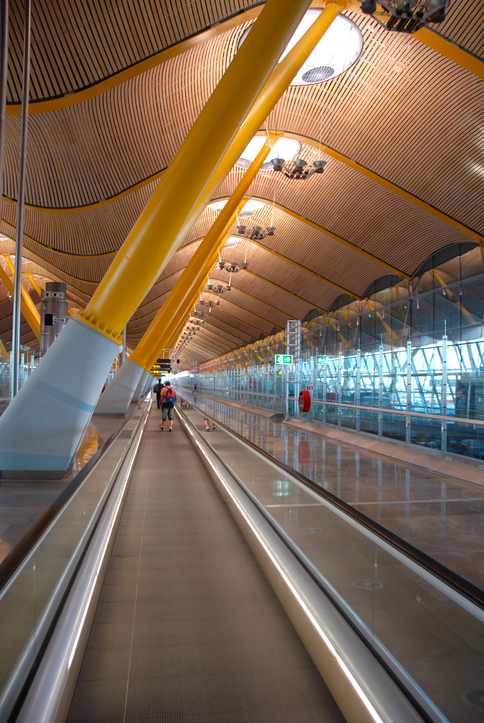
Adolfo Suárez Madrid-Barajas airport is one of the most important international airports in the world and the main airport for connections between Latin America and Europe. It is only 12 km from the city centre and can be reached by metro in a short time via metro line 8. This is something that convinces respondents, as it is unusual in a large capital city to be able to get to the airport so quickly and easily. Even those who have just enough time always arrive to catch their flight or to meet their relatives when they come to visit.
It is also connected to suburban trains and various bus lines. On arrival at the airport, travellers who do not yet want to start using public transport can make use of the taxi rank. Madrid strongly supports twinning with cities abroad, with agreements with places such as Lisbon, Manila or Bordeaux.
A third position in the ranking of European cities makes it very clear that Madrid’s international connection with the rest of the world and Europe is designed to satisfy the citizen. It is only surpassed in this category by Brussels and Zurich.
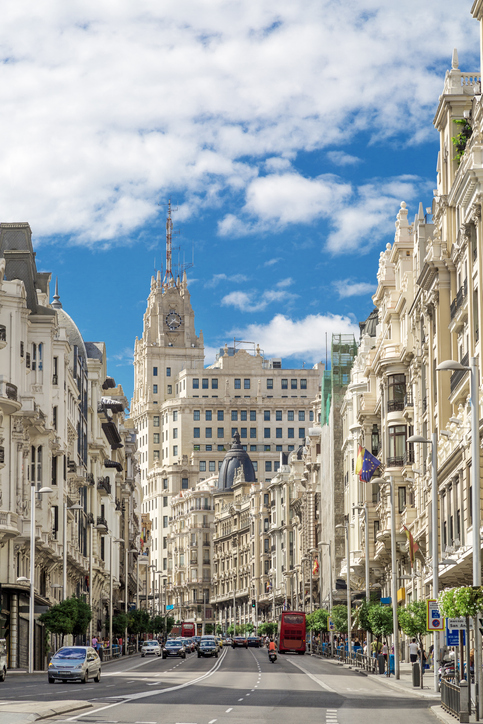
Madrid is one of the safest cities in Spain, a place where violent crime is not prevalent, although as in most European capitals, tourists are not exempt from the risk of pickpockets, especially in the city centre. To better understand the safety that the city conveys, one only has to take into account that it is the third largest European city in the top ranking for the lowest number of homicides.
There are 22 district police stations spread across the city that are run by the Municipal Police, as well as 30 National Police stations. It is common to see patrols that are in charge of ensuring order and assisting citizens. If you have a question or a problem, just ask these law enforcement officers to provide support in any aspect that may be necessary. This security force has been recognised in the results of our study with more than 25,000 surveys providing Madrid with recognition as the 5th best choice for security in Europe.
Madrid is also a city that is aware of the realities of today’s world and is prepared to respond to any incident that may occur. This conveys a high level of security so that it is possible to live in the capital without worrying about anything.
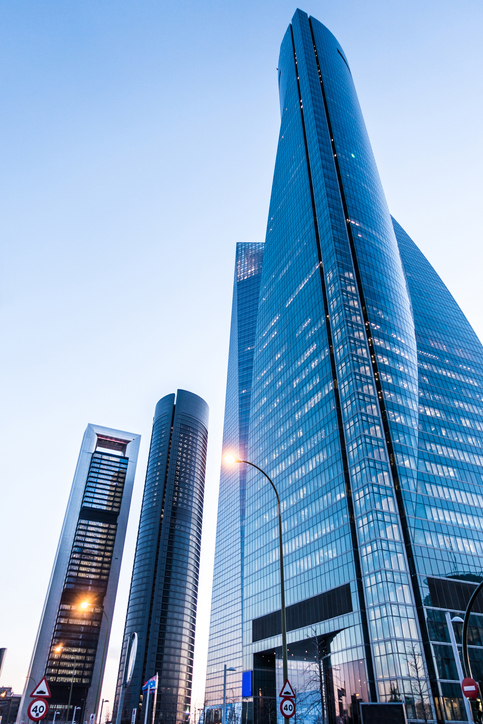
The regional government has worked hard to put the capital at the top of the world’s sustainability rankings, earning it the title of the second most sustainable city on the planet. This has been achieved through adjustments and strategic plans that reduce energy consumption, optimise transport infrastructure and minimise pollution.
Madrileños and those living in the capital also enjoy good air quality, reduced CO2 emissions and plenty of green spaces. The initiatives being taken continue to demonstrate Madrid’s drive to maintain its title as a sustainable city and to offer all those who visit the capital an excellent experience.
The results of our study show that Madrid ranks seventh in the ranking, which means that the city still has some way to go, but it is on a very good track to achieve great goals.
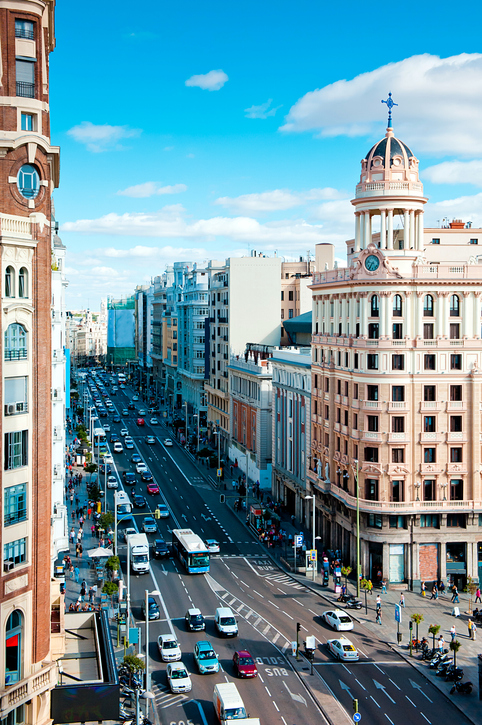
Prices in Madrid are on a par with other major European capitals, but are more affordable than in most other cities. The cost of living is adjusted so that all citizens have the opportunity to enjoy a full and comfortable life. In addition, the city has a multitude of neighbourhoods of varying cost levels, all of which are within easy reach of the city centre. This allows everyone to choose how and where to live in Madrid.
Living costs are higher in the centre and in tourist areas, but fall proportionally as people move away from the centre. Given that some of the best areas to live in are far from the city centre and the good level of the transport system, this is a circumstance that helps to make life in Madrid more satisfactory.
In our survey, respondents chose Madrid as the third most affordable city in Europe. Life in the capital can be optimised by living like the locals, taking advantage of the benefits for citizens and taking advantage of other ways to save money.
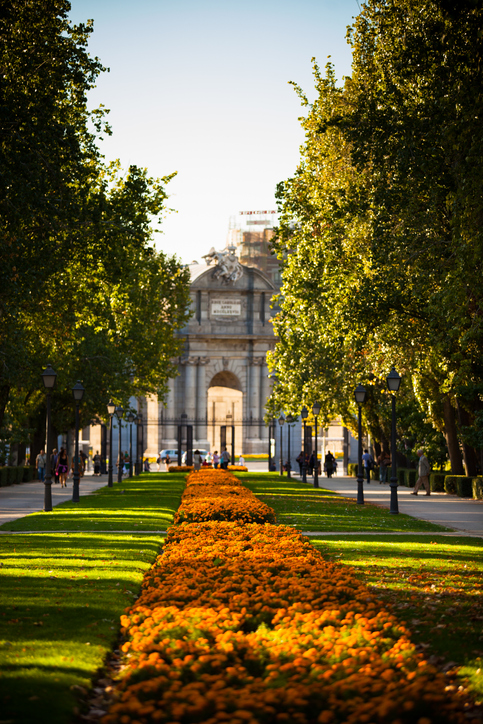
Madrid is the birthplace of some of the most important writers in Spanish history. This is reflected even today in its streets, in its buildings with their plaques and in its culture and traditions, including the organisation of the Feria del Libro in the Retiro. Our respondents are clear about this and rank Madrid third in the top for its level of culture.
It is also a city full of cinemas, theatres and museums. The Gran Vía, which in the past was always famous for its cinemas, has been converted into a small Spanish Broadway, with a multitude of theatres offering all kinds of shows. Going out at night to enjoy Madrid’s good weather and strolling along Gran Vía, going to one of its plays and dining in a good restaurant is one of the plans that best suits the tastes of the capital’s residents.
There is also room for more classical culture, especially considering that some of the most outstanding museums in Europe are in Madrid, such as the Prado Museum, the National Archaeological Museum, the National Museum of Natural Sciences and the Thyssen-Bornemisza Museum. Because of its philosophy, Madrid offers cultural plans to enjoy at all times and for all kinds of tastes, living from 2021 a moment of special splendour.
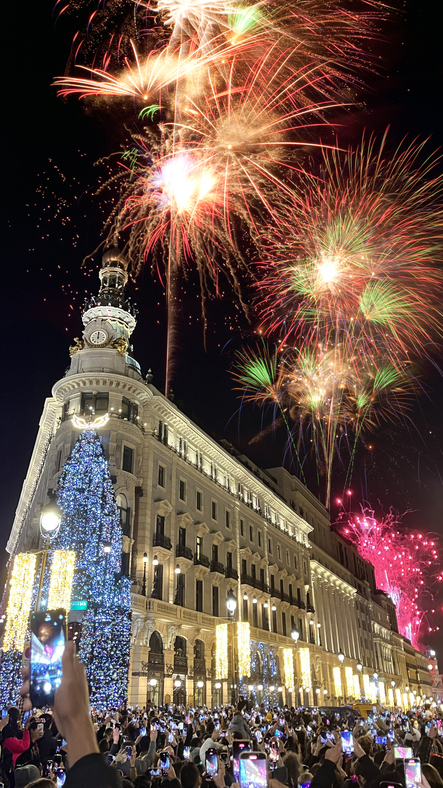
Madrid’s mix of leisure options is one of the most balanced to be found in Spain and Europe. The city ranks fifth in the European leisure ranking according to our survey respondents. One of the reasons for this is the wide range of options on offer, covering all possible profiles. Madrid is just as much fun for couples as it is for singles, groups of friends, seniors or young people.
Madrid provides a wealth of entertainment options. There are regional festivals, such as the Fistas de la Paloma or the Chueca Pride celebrations. There are celebrations throughout the year that take place both in central locations and in some of its neighbourhoods. And in the New Year, there is the famous Three Kings Parade that marks the end of Christmas in Spain.
Madrid also has a great nightlife, many live music venues and sports fans can enjoy an unforgettable experience by visiting the Santiago Bernabeu Stadium. There is no shortage of concerts and events at venues such as the WiZink Center, where some of the world’s most famous artists have performed, or international music festivals such as MadCool. Other good plans include entertainment venues such as the Parque de Atracciones, Parque Warner or the Faunia animal park.
